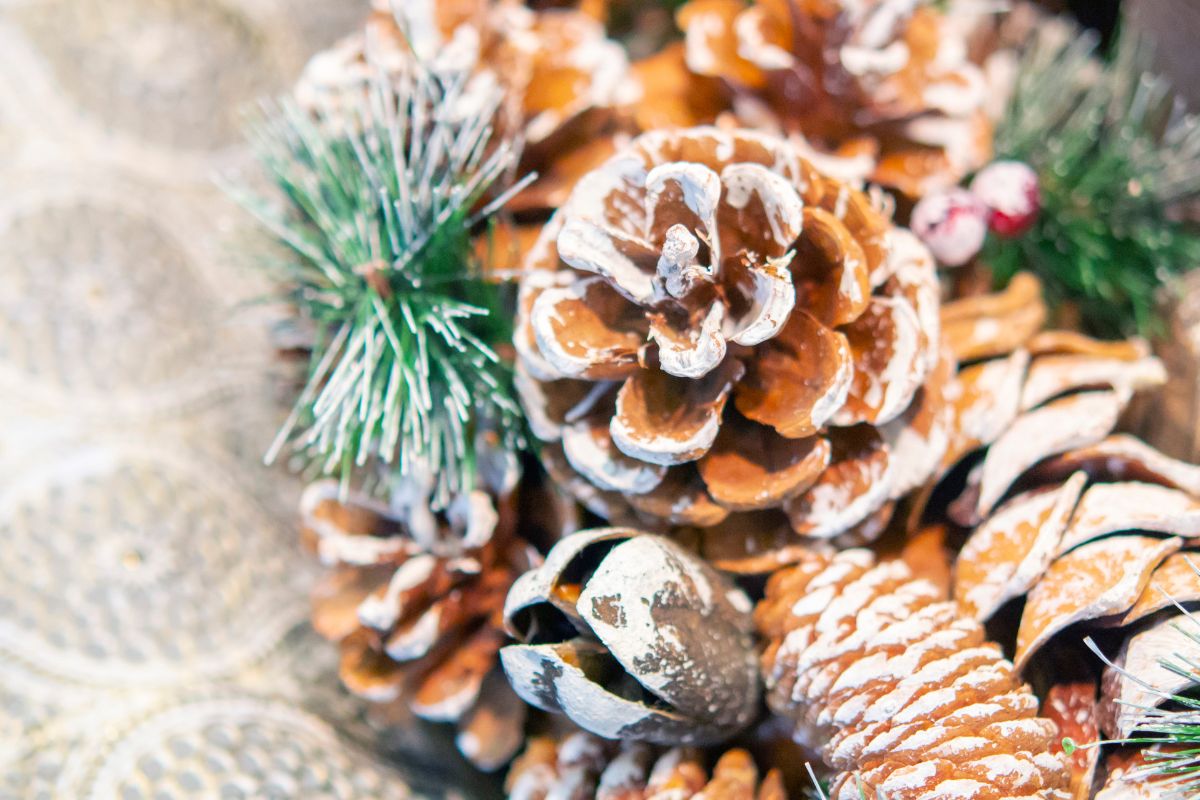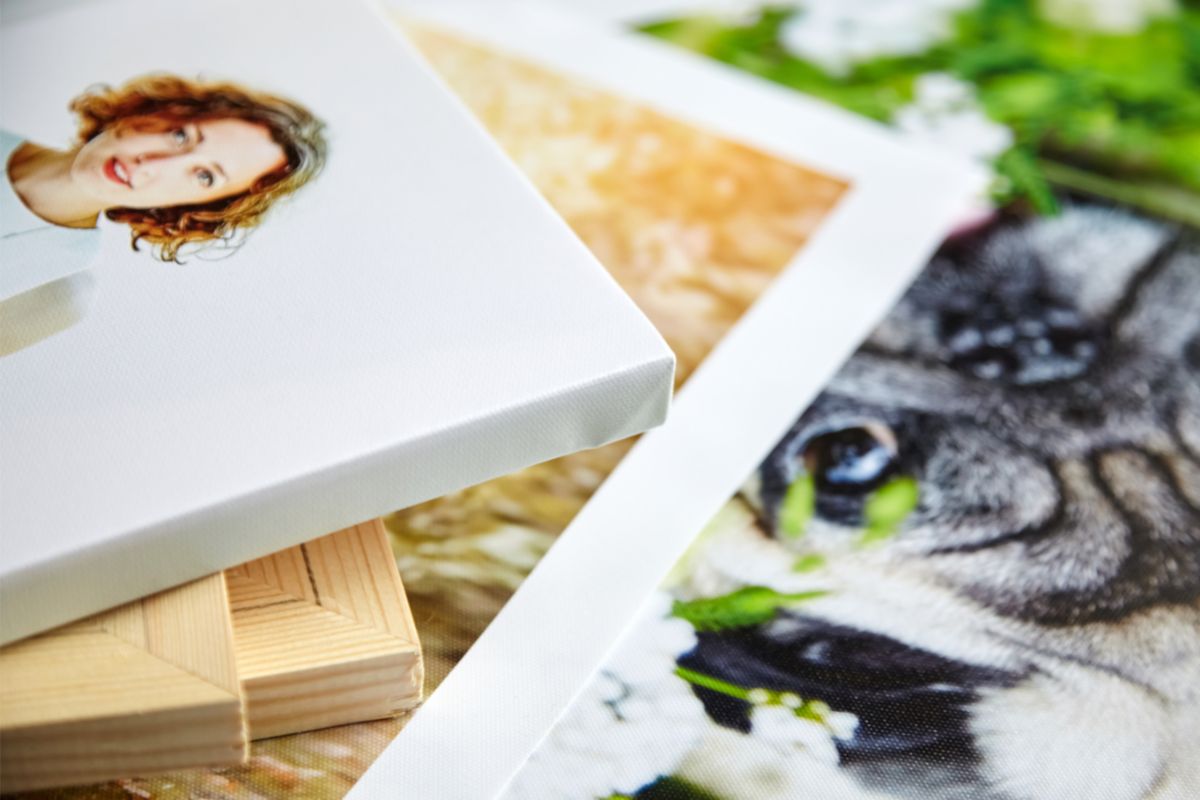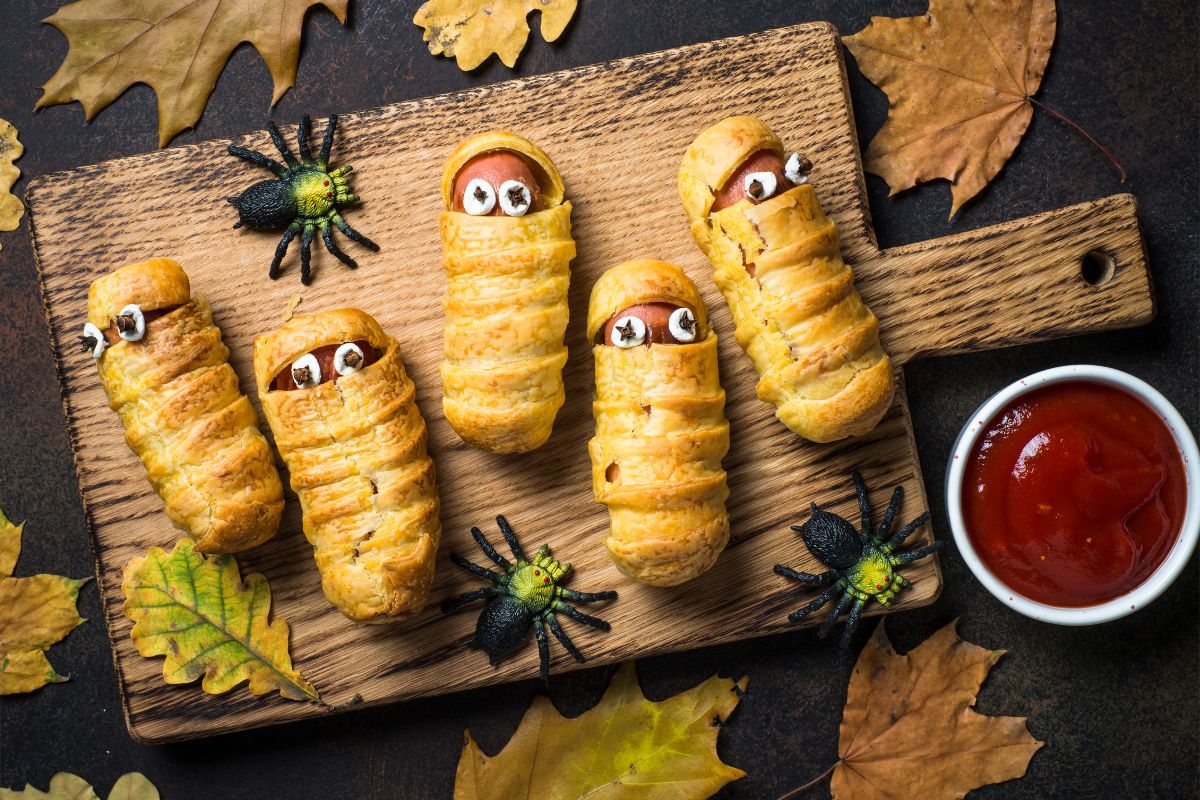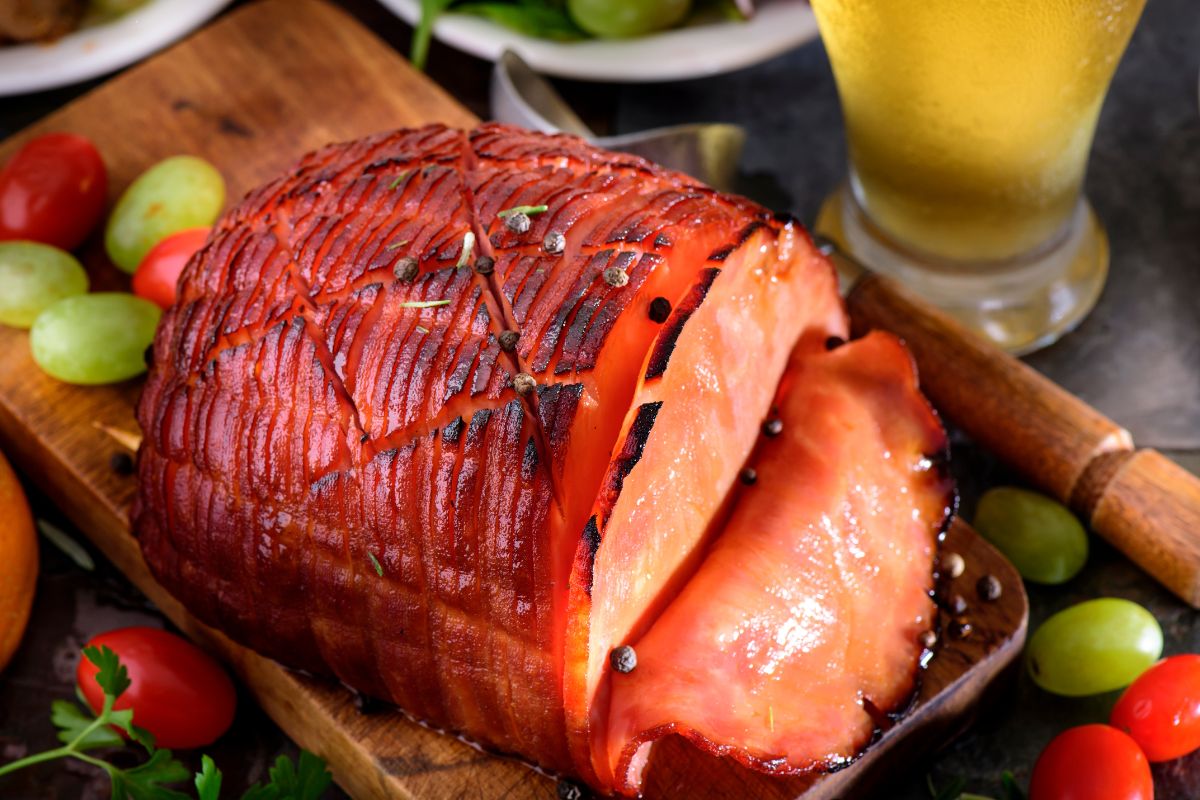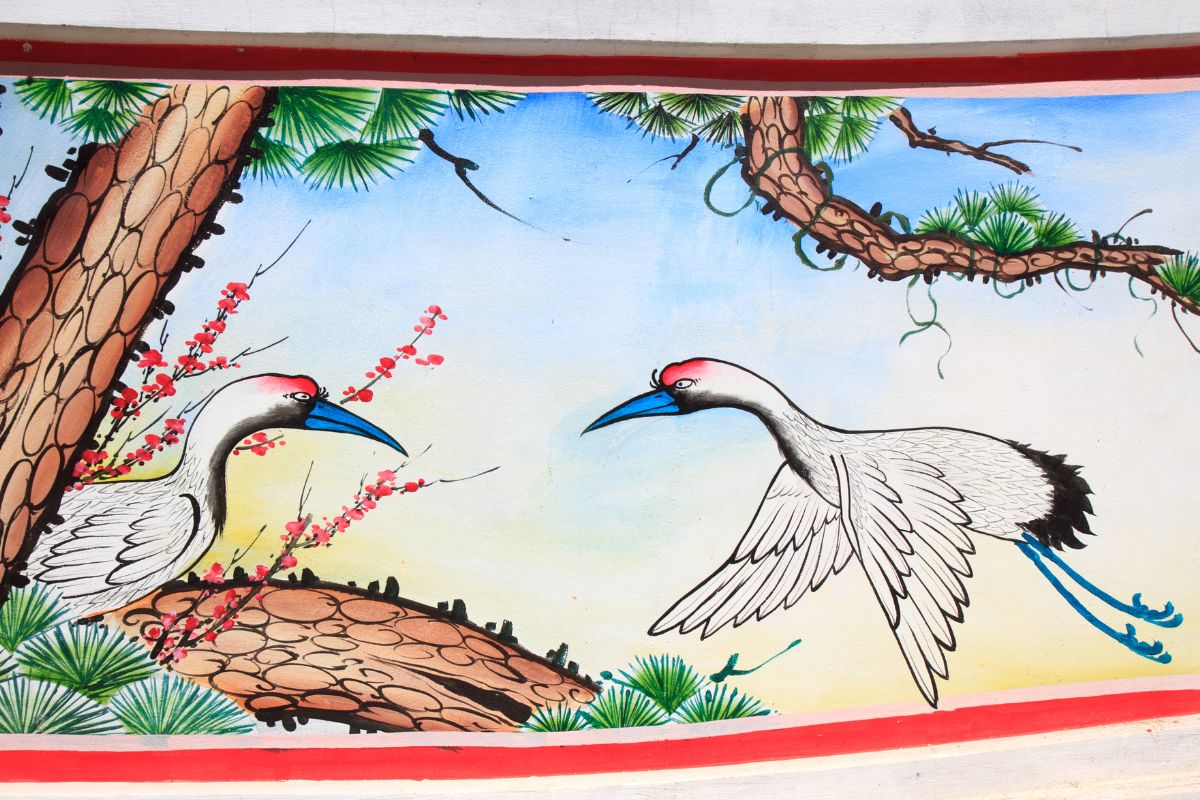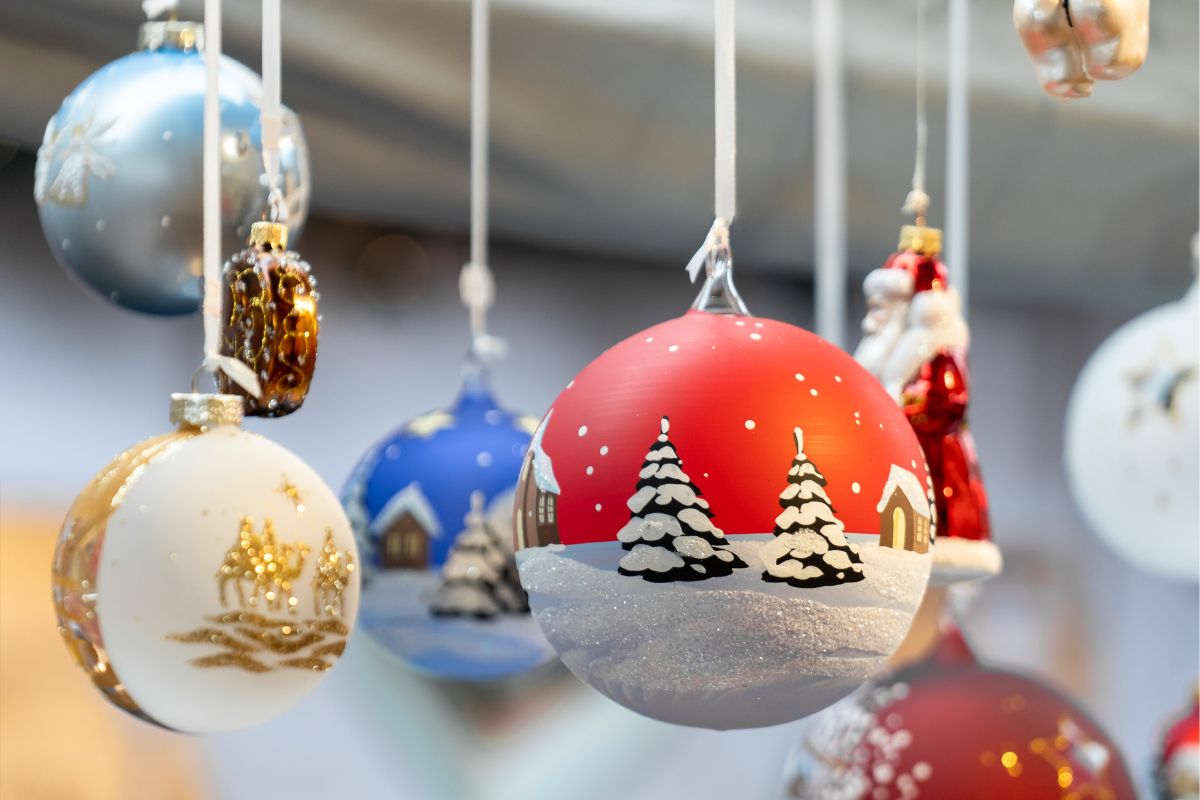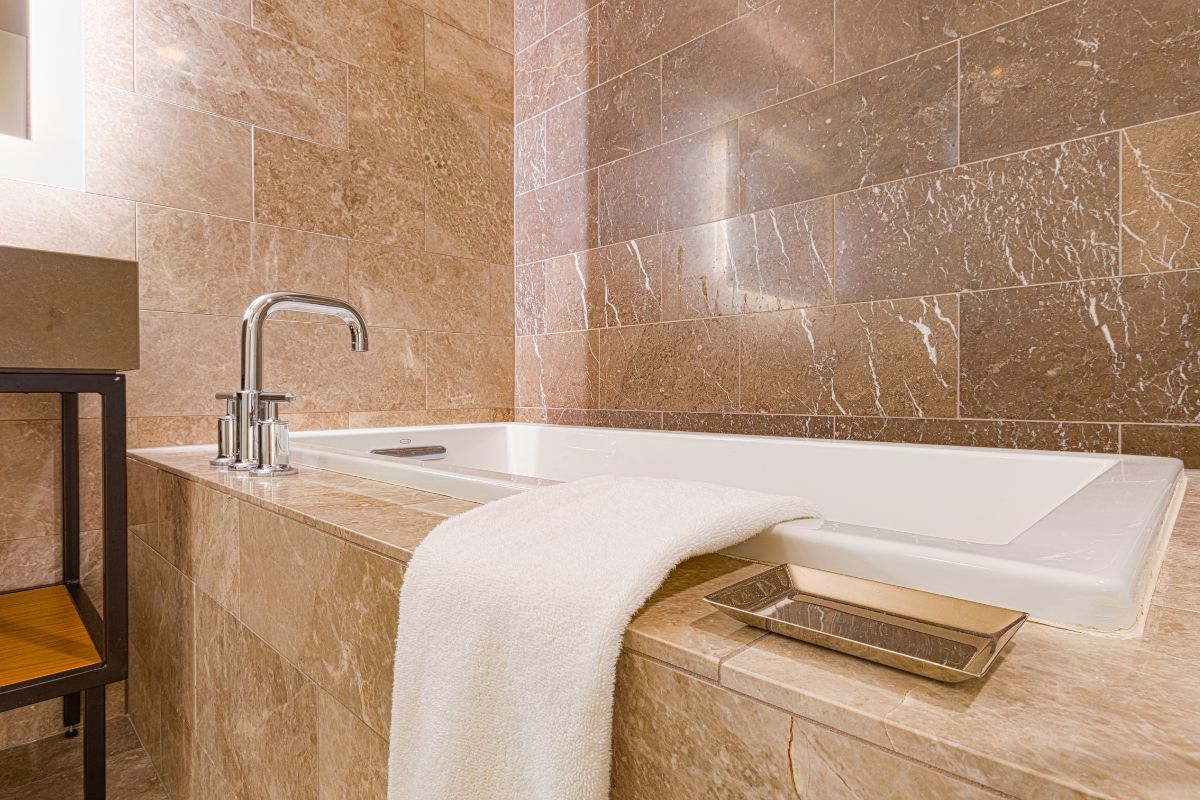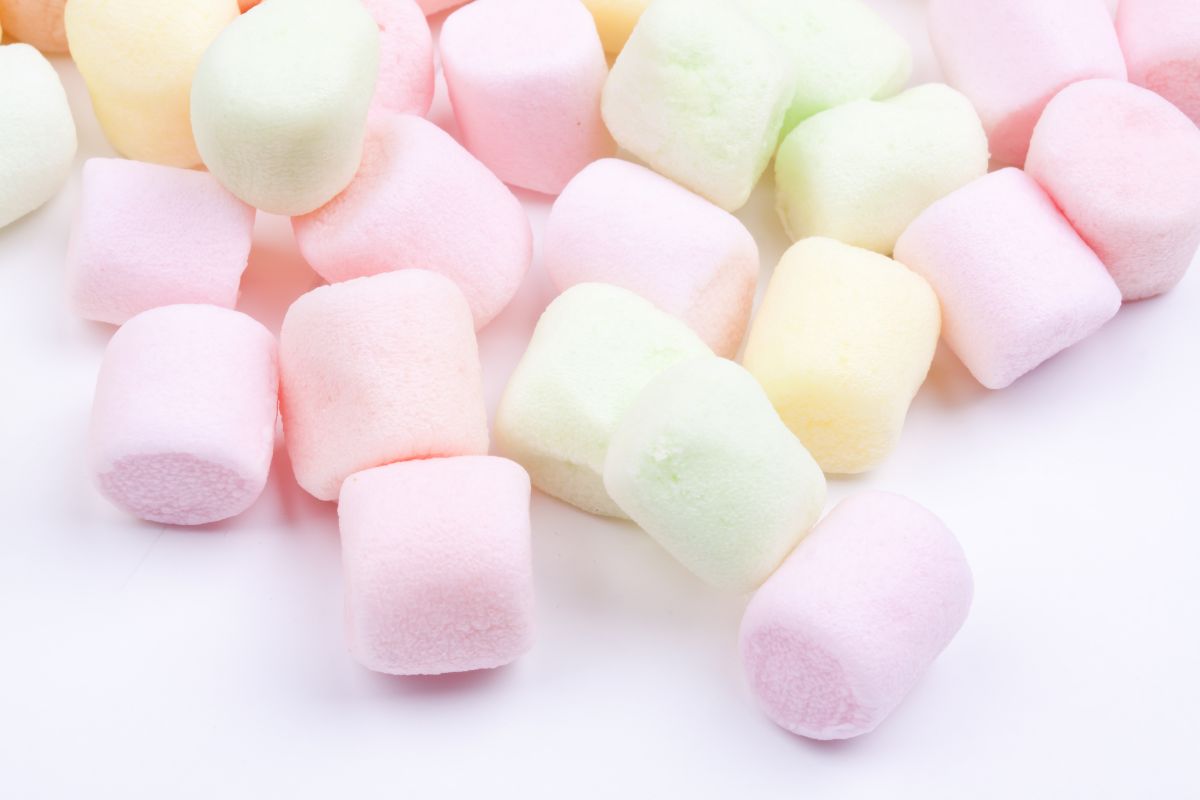I can’t lie, the octopus is one of the most fascinating animals out there. They’re beautiful, intelligent, and they have three hearts!
Why wouldn’t you want some wall art of one of these animals in your home?
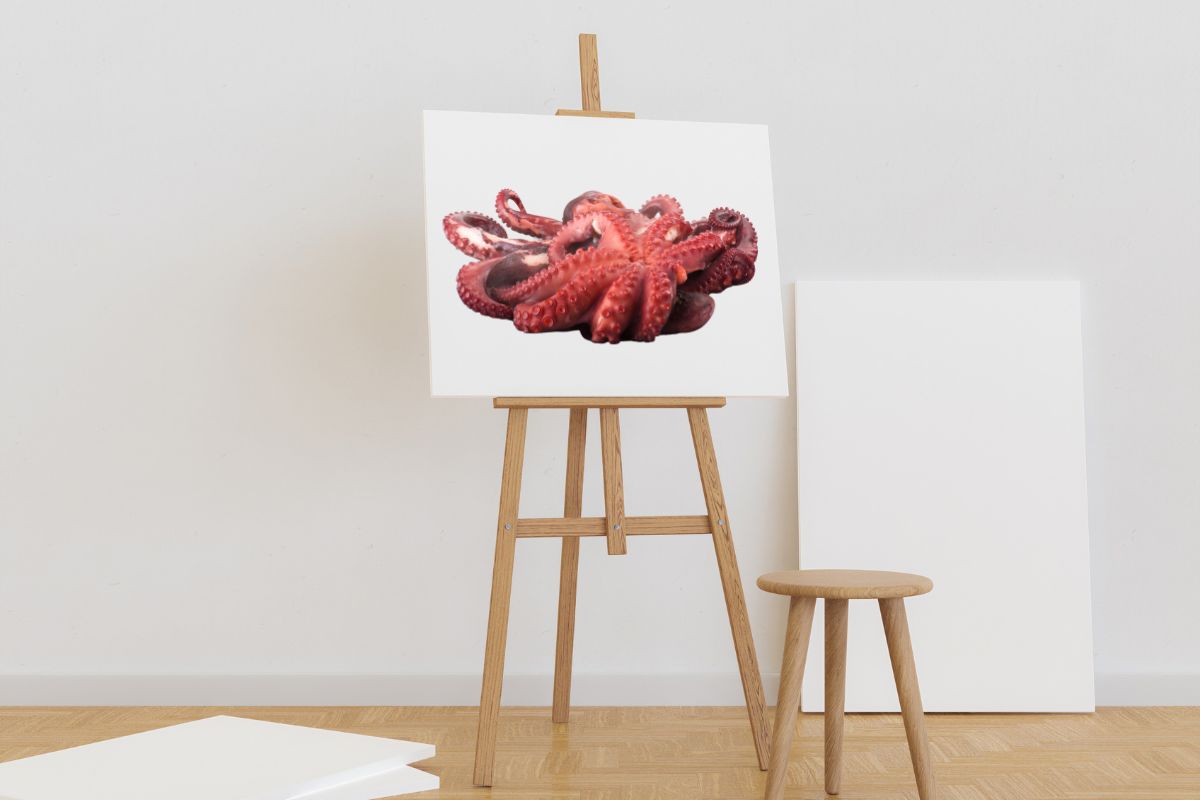
Since we can’t all afford to go out and buy incredible works of art, why not learn how to make it yourself? If you don’t take yourself too seriously, you can have a lot of fun with this and learn all about art.
So, if you would like to try making your own octopus canvas art, I’ve got you.
Please bear in mind this won’t be a whole tutorial, as you would need a video for that. However, I will outline everything you need to know and all the basic steps in the process.
The reference and colors you choose are up to you, so it might be a little vague on those parts!
How To Make Octopus Canvas Art (DIY)
Traditional Painting
Traditional painting mostly refers to regular old canvas paintings that are done with a traditional medium. You can use oil paint, acrylic, or even gouache.
I would recommend acrylic, as it’s the most beginner-friendly and generally easier to work with. Oil paints take too long to dry, are difficult to work with, and have a strong smell to them.
I’ll go through the basic steps for creating your own octopus canvas art using traditional painting methods below:
- Find a reference image you want to use! Unless you’re a real pro, you are going to really need this.
- Lightly sketch out the reference image onto the canvas. To help you with proportions, you can grid the canvas (very lightly). You will probably spend more time staring at the image than the canvas.
- When you’re happy with the sketch, gently erase the grid lines and as much of the markings so that they are barely visible. Be careful not to ruin the canvas.
- Time for you to pick your colors! You can either use realistic colors or the colors in the image, or just have fun with it. Remember, you only really need the primary colors, white, and black. Every color can be made with those, so don’t worry if you don’t have an extensive paint set.
- Now you need to start mixing colors. Decide on a background color, and fill it in carefully.
- The time has come to start painting the octopus itself! Start with basic flat colors and fill everything in carefully.
- Once the flat colors have been put down, you can start using more complex colors. Add the obvious shadows and highlights.
- Depending on the type of painting you’re trying to create, you will either spend a lot or very little time blending colors. Decide the look you’re going for, and blend accordingly!
- After blending and ensuring that all the colors are perfect, it’s time to start adding detail. This will take a while, so be patient.
- Once the details are in, the painting is just about finished! Bear in mind, you will need to wait for the paint to dry between some steps, as you don’t want to muddy the colors.
- The final step is adding in the final highlights and details. This will be things like the reflection in the eyes or bubbles – whatever you’re going for.
- Now you’re done! Be sure to clean your brushes and allow the painting to fully dry out before moving it.
Textured Painting
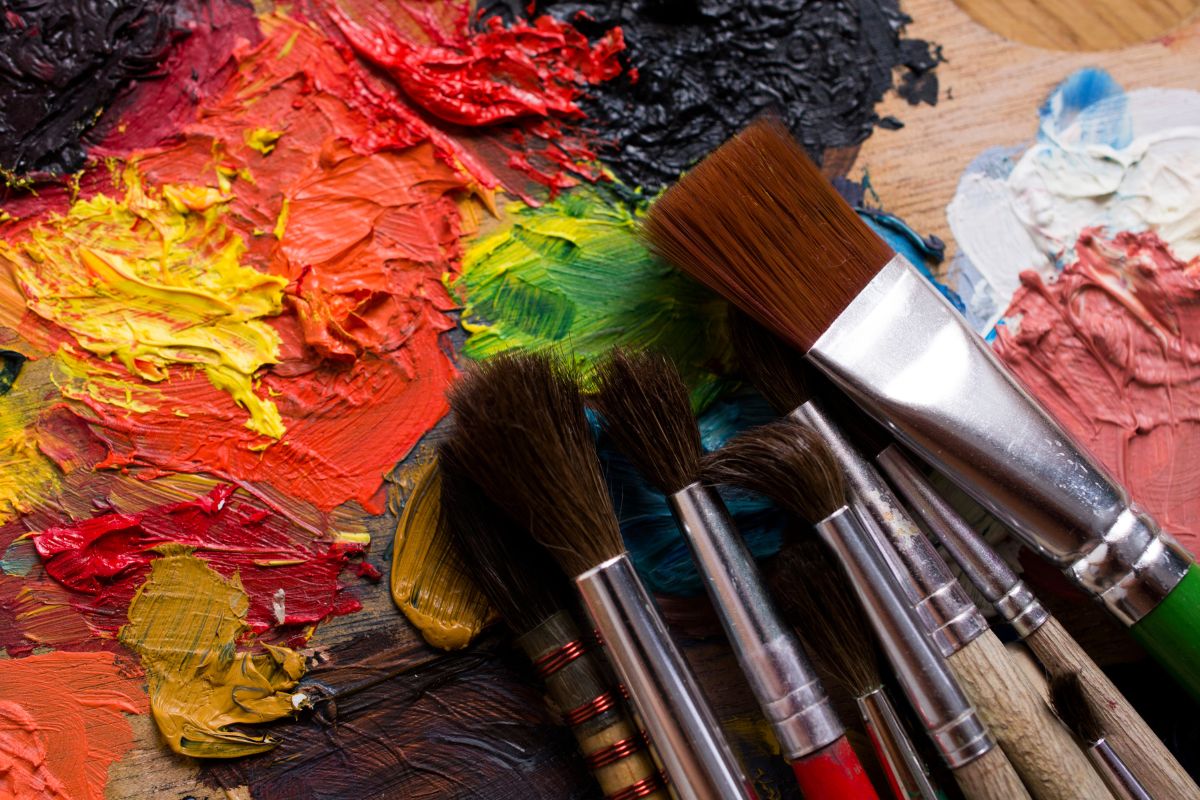
A textured painting can be created using putty, drywall mud, or texture paste. Generally, this method of creating canvas art is a lot more difficult, and it can be very time-consuming.
You can follow the first three steps mentioned above, but you will create a textured medium and use that instead of paint.
Alternatively, you can mix paint with a textured medium and use it that way. Instead of using a paintbrush, you will likely need to use palette knives. You can also use your hands, or anything else that works.
Textures can be used in a variety of ways. From being used for the primary art piece, to just being in the background, or used to accentuate certain areas. It’s up to you!
I personally love how textured paintings look, but they definitely aren’t the easiest things to do.
Mixed Media
This can refer to any kind of mixtures you want to use to create your canvas art. For example, you may choose to use paint and paper, or wood, textiles, or anything else you want.
Collages are a popular form of mixed media, as these are often made from paper and paint.
Even using paint and charcoal, or paint and pencil, is considered mixed media.
With this option, you have no limitations and can combine anything you like. I would warn against mixing paint types, though.
While you can use acrylic and oil paint on the same canvas, you cannot use acrylic paint over oils. This is because of their different properties. You can, however, paint oil over acrylic.
It’s better to stick to one kind of paint, and mix in pen, pencil, textiles, or other kinds of media. This will allow you to experiment a lot and have a lot of fun!
To do this, you will basically follow all the steps outlined in the first section. You can choose which mediums you use when, but for small details, pens always look good!
You will need a reference image, and you will need to sketch it out very carefully. Have fun with colors and patterns!
Final Thoughts
Creating your own octopus canvas art can be challenging, but it’s a lot of fun!
Between traditional paintings, textured paintings, and other mixed media, you can create a piece of art in any style.
While it might be tempting to stick with “realistic” colors (remember, some octopus can change color!), you should have fun with it!
Also, don’t be afraid if your first try doesn’t look great, it will take time to get right.
- 10 Fun Snacks To Serve For The Soccer Game - December 7, 2022
- Handmade Mother’s Day Presents (5 Craft Ideas) - December 7, 2022
- How To Make Easter Eggs (With Sharpies) - November 29, 2022

